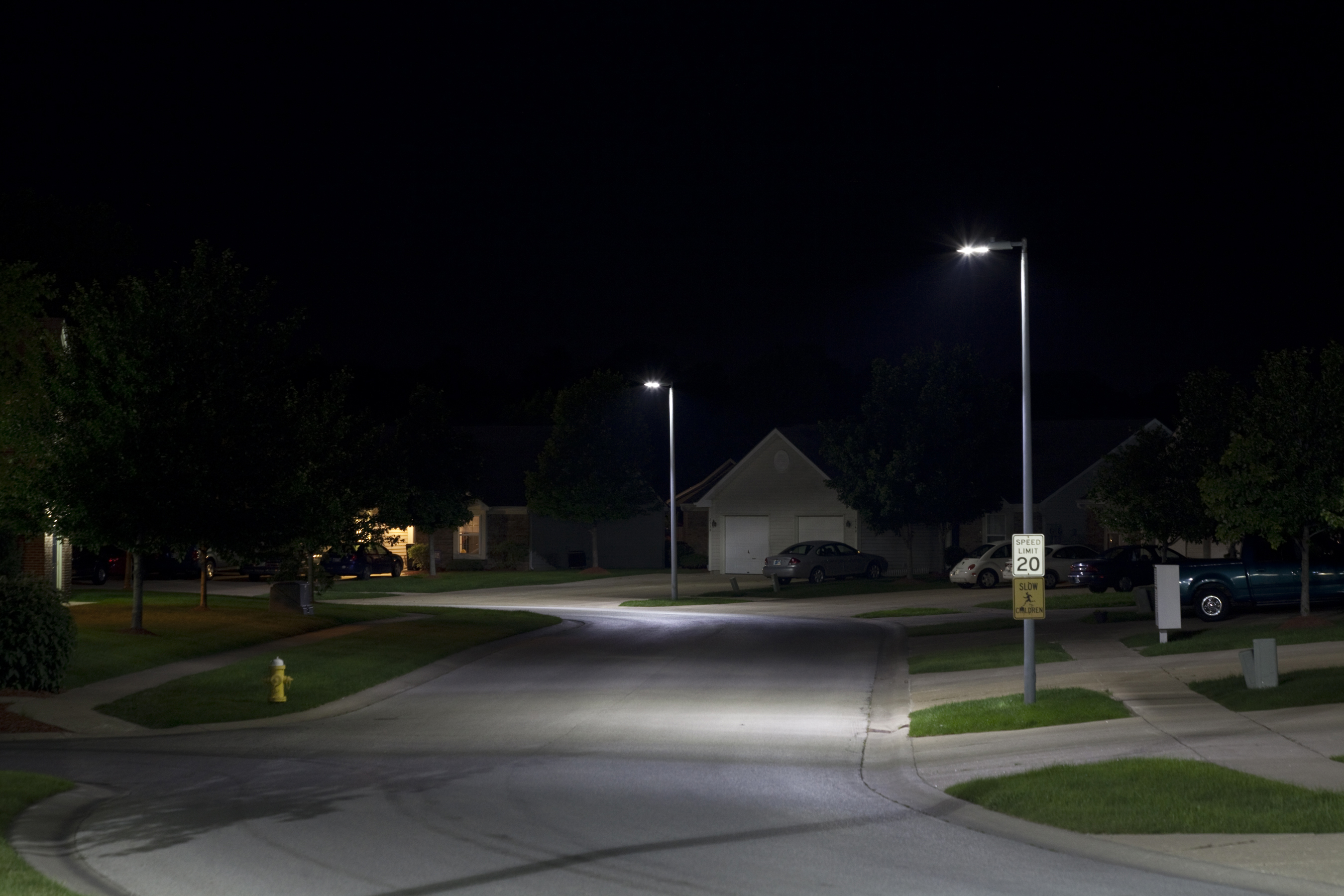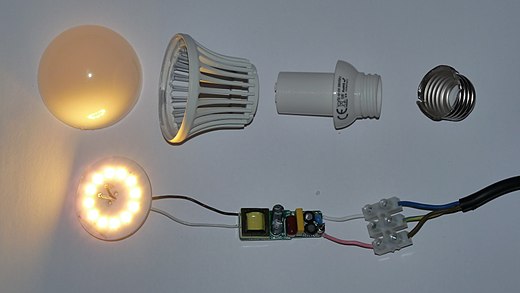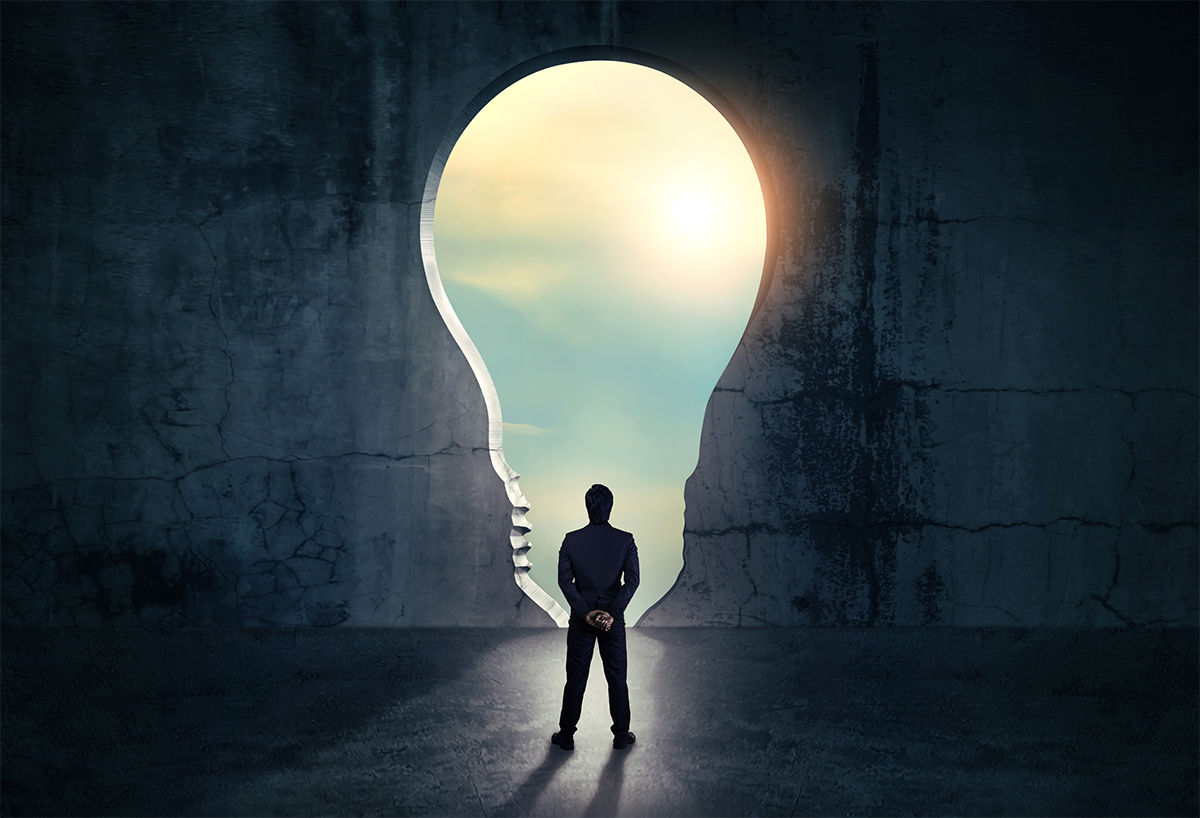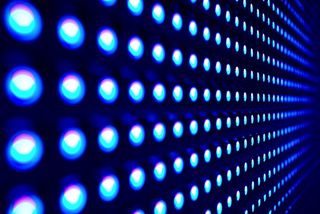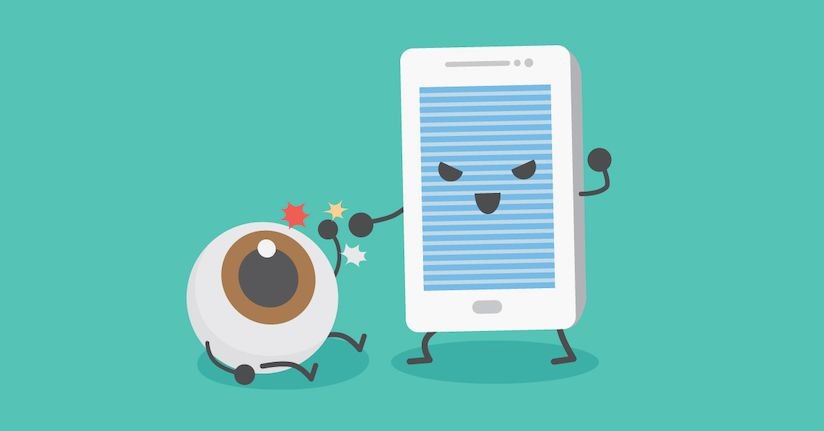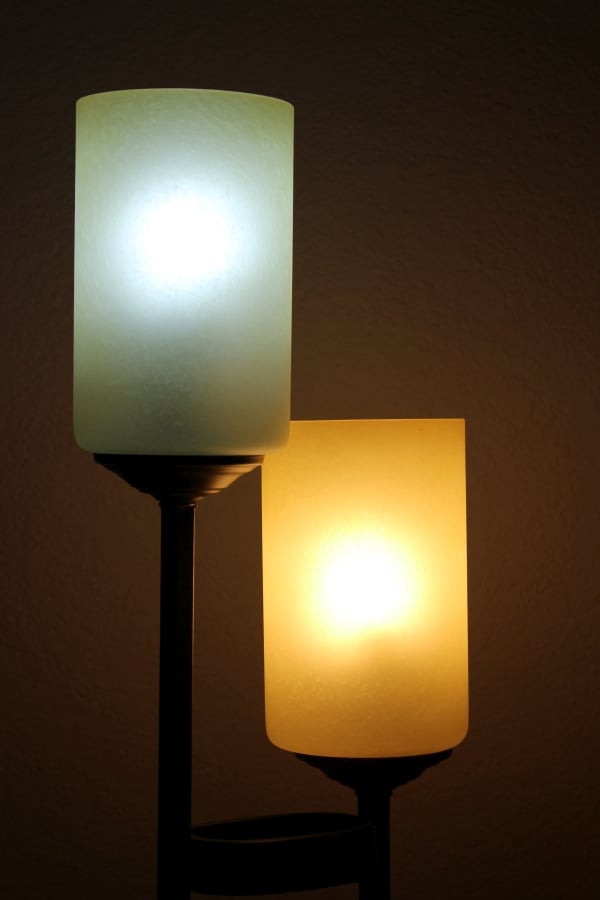Led Light Exposure Limits

Fluorescent halogen lights and most led lights are low in ultra violet uv light.
Led light exposure limits. The lifx clean led uses hev light to kill bacteria like staph strep and salmonella. Laser work and similar operations create intense concentrations of heat ultraviolet infrared and reflected light radiation. This has made led lights extremely useful in industrial markets where uptime is a primary concern. A laser beam of sufficient power can produce intensities greater than those experienced when looking directly at the sun.
Workers using ultraviolet uv lamps may have skin or eye exposure to stray ultraviolet light emissions. Led lights emit light from the short wave high energy blue and violet end of the visible light spectrum. Those curlicue compact fluorescent lightbulbs and led lights are much more energy efficient than the old fashioned incandescent lightbulbs we grew up with. Led blue light exposure if blue light does have adverse health effects then environmental concerns and the quest for energy efficient lighting could be at odds with personal health.
Later this year it ll be tested for antiviral efficacy including efficacy against the virus that causes covid 19. Uvc exposure can be reduced through product safety design considerations and controls. For continuous sources the exposure time limits. See annex iv on dosimetry.
We have responded to your paraphrased scenario and question below. This light range controls our sleep cycle and correct exposure is important to maintain our circadian rhythm. Unprotected laser exposure may result in eye. For example safety switches wired in series allow uvc sources to be turned off without exposing workers to uv light.
Because led lights are made of a monolithic semiconductor material they also are inherently more rugged than filament or ballast based lights. But they have a low purchase price and are readily available. For domestic lighting anses recommended buying warm white led lighting limiting exposure to led sources with a high concentration of blue light and avoiding led screens before bedtime. This is why most low cost exposure units have them as a light source.
Which is compared to different exposure limits. The ideal light for screen exposures is one that is rich in ultra violet uv light. Published studies show that the blue light weighted for eyes radiance from screens for example computer tablet mobile phone tv is less than 10 of the icnirp blue light photochemical retinal exposure limit assuming viewing greater than about 3 hours acute exposure.

